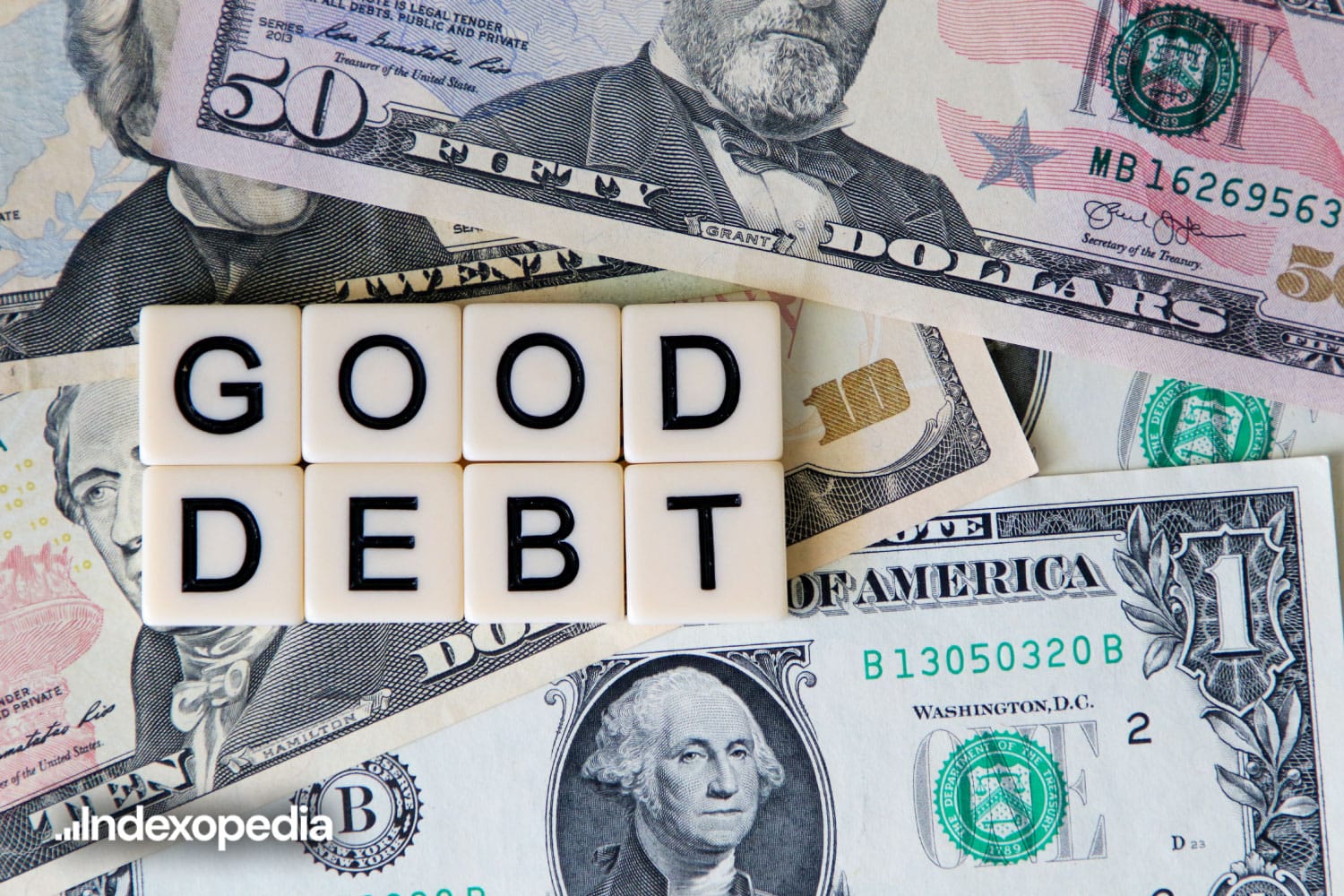

In the world of personal finance, you’ve likely come across the terms “bad debt” and “good debt.” But what do people actually mean when they use these phrases? Let’s break it down and understand the fundamental differences between the two. Bad debt, as the name suggests, refers to borrowing money for purchases or expenses that do not contribute to your financial well-being or long-term wealth. It typically carries high-interest rates and can become a financial burden. Here are some common examples of bad debt: 1. Credit Card Debt One of the most notorious forms of bad debt is credit card debt. When you carry a balance on your credit card and only make the minimum payments, you’re subjecting yourself to high-interest charges, potentially trapping you in a cycle of debt. 2. Consumer Loans Borrowing money for non-essential purchases like luxury items, vacations, or extravagant gadgets is often considered bad debt. These loans do not generate value or appreciable assets. 3. Payday Loans These high-interest, short-term loans are often used by individuals facing immediate financial crises. While they can provide quick relief, they come with exorbitant